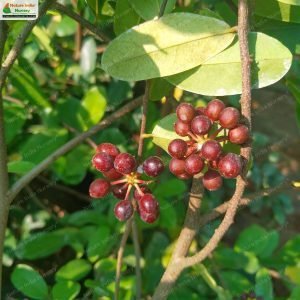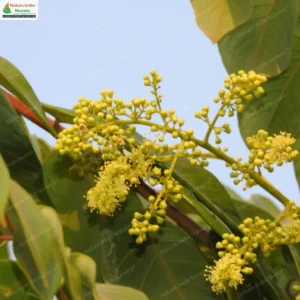Polyalthia suberosa, commonly known as Corky Polyalthia, is a small tree or shrub that grows to a height of 4-6 meters. It is characterized by its distinctive, corky, fissured bark, which sets it apart from other species. The tree is native to a wide range of regions in Asia, including India, Bangladesh, Myanmar, Thailand, Vietnam, Laos, Cambodia, China, Malaysia, and the Philippines.
Polyalthia suberosa thrives in seasonally dry tropical biomes and is commonly found in the Western Ghats and evergreen forests. Its adaptability to different environments makes it a valuable species in its ecosystem. The tree’s flowers attract pollinators, and its fruits are consumed by birds and small mammals, highlighting its importance in supporting local wildlife.
Habitat
Polyalthia suberosa is native to a wide range of regions in Asia, thriving in seasonally dry tropical biomes and evergreen forests.
Planting and Care
-
Sowing: Sow seeds in well-drained soil, preferably in a shaded location. Seeds germinate within a few weeks under optimal conditions.
-
Soil: Prefers well-drained, fertile soil.
-
Watering: Requires regular watering, especially during dry periods.
-
Sunlight: Thrives in partial to full sun.
Additional Information
-
Wildlife Significance: Flowers attract pollinators like bees and butterflies. Fruits are consumed by birds and small mammals.
-
Economic Value: The wood is used for making small tools and handicrafts. Fibres extracted from the bark are used for making ropes and mats. Various parts of the plant are used in traditional medicine to treat ailments like fever, dysentery, and skin diseases. Often planted in gardens and parks for its attractive foliage and flowers. Used in landscaping and as a hedge.


















